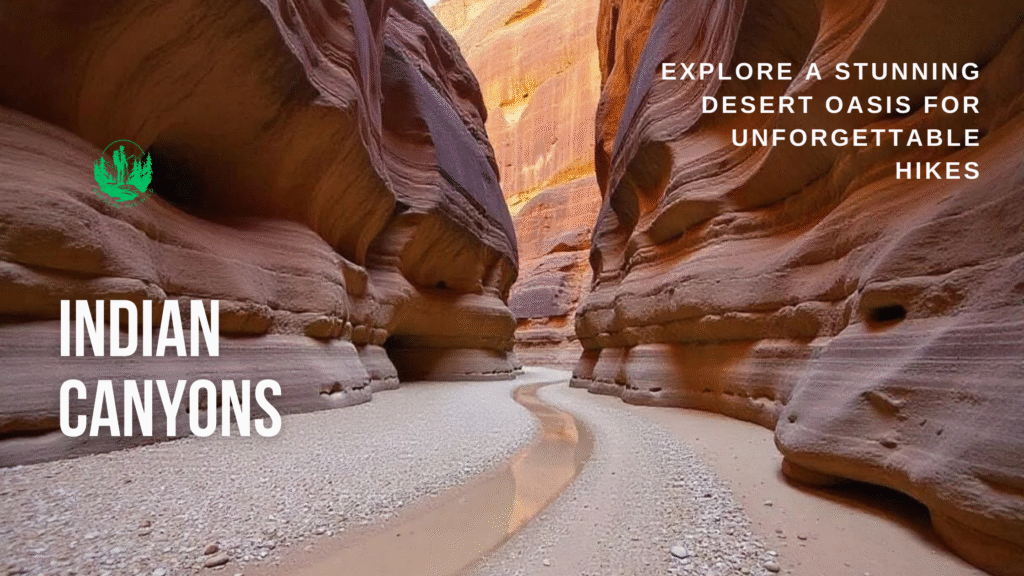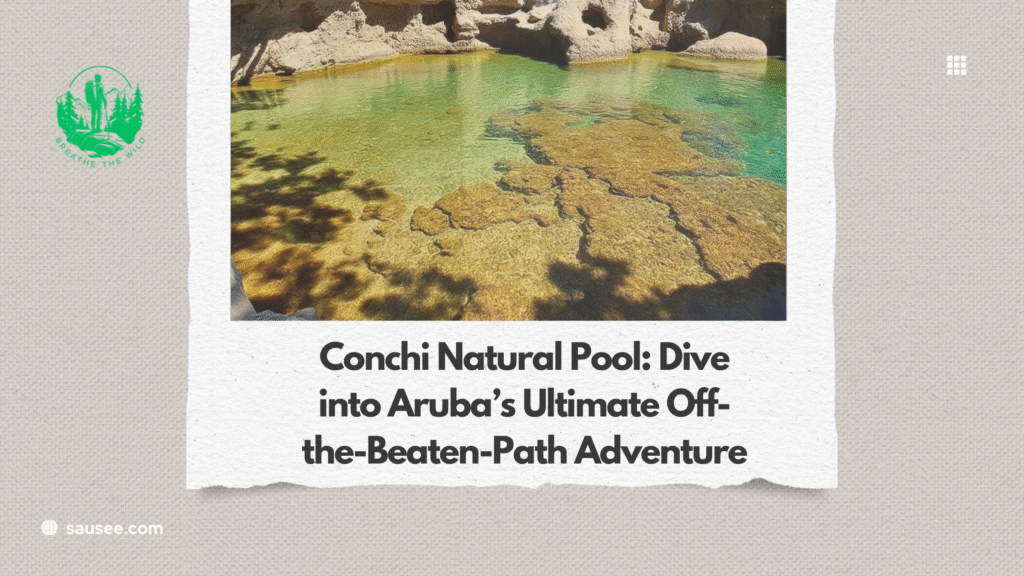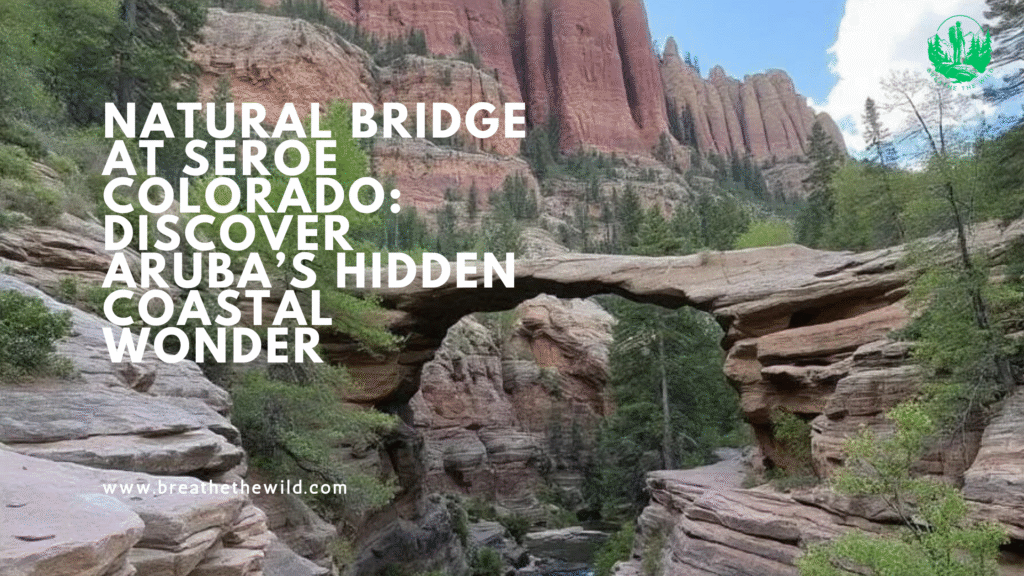Table of Contents
Introduction
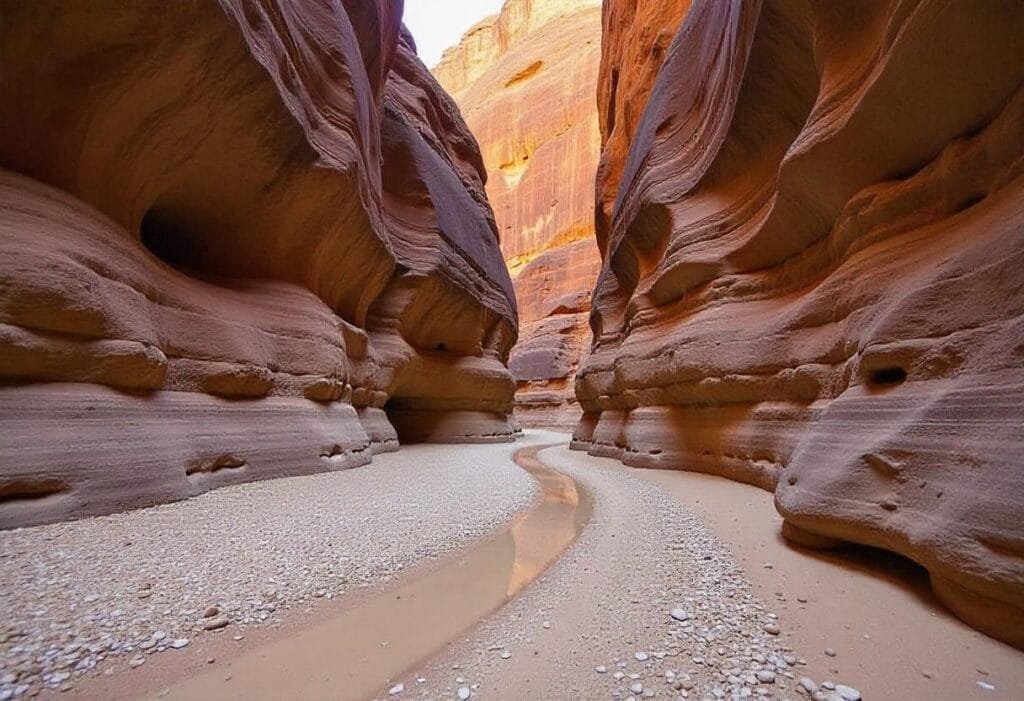
It is an oasis in a unique location that is literally ten to fifteen minutes outside the city center of Palm Springs: Indian Canyons, a place that is like none other, where hiking paths wind through palm-grooved canyons, cool-flowing streams, and windswept canyons tempt the eye to skip over an adventure in the extreme. One of the most successful and well-preserved secrets of Southern California is the Indian Canyons, which presents a set of natural environment, cultural awareness, and the capacity to find some peace of mind in an escape from daily life.
Whether you are an avid hiker or nature photographer, or are simply seeking to get out and take a leisurely stroll through stunning visual beauty, the paths at Palm Canyon, Andreas Canyon, and Murray Canyon can provide all of those things, as well as sobering and uplifting experience at the same time. Get tired of tarmac and pine after palm-tree avenues? The guide issued will open your eyes to everything you are supposed to see Indian cans in the right manner.
What Are the Indian Canyons?
Indian Canyons is a natural and cultural marvel found at a short drive distance of the city of downtown Palm Springs, and it possesses three canyons, namely Palm Canyon, Andreas Canyon, and Murray Canyon. The land is under the ancestral land of the Agua Caliente Band of Cahuilla Indians, with a Divine spiritual connection with its land that can be traced back generations. They are very important canyons, and together with their beauty, as one could only suppose to see in the desert oasis, they are very important ones, and have a great cultural and historical significance.
Palm Canyon is the largest California fan palm oasis worldwide, and the canyons of Andreas and Murray offer visitors cool creek conditions and boulder rocks that interest callers of calm and adventure. The tribe takes good care of the area and ensures that it protects it, hence making future generations enjoy living in the special environment of the region and enjoy having the indigenous tradition as a consequence. Indian Canyons is one of the most undignified hiking locations with scavenges of both cultural history and the beauty of nature in Southern California.
Top Trails in Indian Canyons for Every Type of Hiker
Indian Canyons has an abundance of trails, and all of them cater to a different region of experience and interest. The Palm Canyon Trail, one of the most well-known in the region, is as long as 15 miles round trip, but most people make shorter journeys. It is kind of challenging and takes the hikers through a fantastic path of tall palm trees, desert ridge, and seasonal streams.
Visitors interested in a more rugged experience are more likely to manage Murray Canyon Trail, a 4- to 6-mile loop through less-traveled terrain, a chance to possibly even spot rare wildlife, and even the endangered Peninsular Bighorn Sheep. Various trails in Indian Canyons are providing a new one in offering the view of the scenic geology, flora with richness, and the spiritual spirit of the area, and hence anyone could pick a trail that fits in their personalized pace and extent of adventure.
What You’ll See: Nature, Wildlife, and Desert Wonders
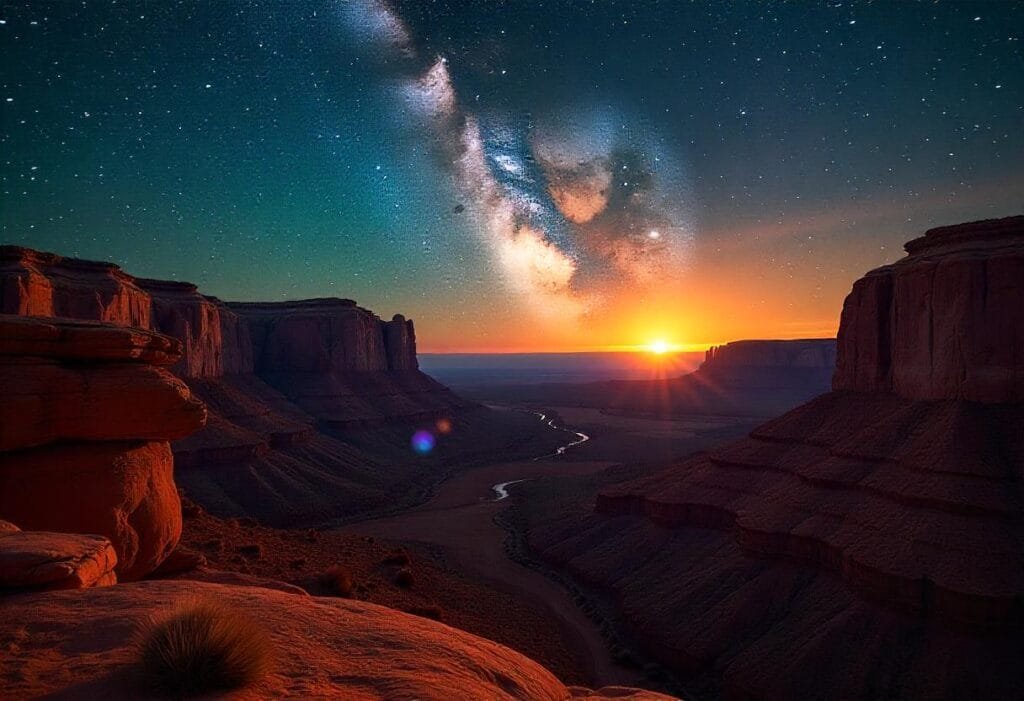
Based in the area of Indian Canyons, hiking is like walking into an environment of a natural desert oasis that is not comparable to any other. As you go through the routes, you are sure to be presented with an exciting array of ecological zones; lush fan palm forests, broad expanses of sand and stone in the sunlight. Green islands of foliage created on spring-fed streams in Andreas and Murray Canyons help keep cottonwoods, willow, and mesquite alive, and native cactus such as the barrel and cholla.
In these microclimates are found an assortment of wildlife, including lizards scampering across the rocks, colorful birds in the trees, butterflies flitting about the flowers, and even bighorn sheep in the skyline. The scenery evolves with every step of the trek: from the tight corridors of the valleys to the sight of the mountain backgrounds and desert landscapes. Indian Canyons is definitely not a usual blend of biodiversity ,geographical and cultural profundity, which had made every single step of the journey complete and unforgettable.
Check Out: Vernal Falls Trail: Unforgettable Adventure to Yosemite’s Iconic Waterfall.
What Are the Indian Canyons?
Indian Canyons is a spectacular natural and cultural treasure integrating three unique canyons: the Palm Canyon, Andreas and Murray Canyon, which are located just a few minutes walking distance by a car ride in Palm Springs downtown. It is part of the ancestral land of the Agua Caliente Band of Cahuilla Indians, who have a generations-old spiritual connection to this land. The canyons not only present the beautiful landscape of an oasis in a desert but the canyons are also tremendously culturally and historically significant.
Palm Canyon is especially remarkable in the sense that it is the biggest California fan palm oasis on the planet, and the Andreas and Murray canyons have a calm creek side as well as crude pathways, which would spark a sense of adventure in the tourists who need not necessarily after a sense of peace or adventure. The tribe is conscious of the region and conservation in terms of sustaining the natural flora and fauna of the region and its aboriginal culture to be transmitted to subsequent generations. It is no wonder that the Indian Canyons in Southern California would be the most intriguing hiking destination with the wealth of culture and the natural beauty of the place.
Top Trails in Indian Canyons for Every Type of Hiker
Indian Canyons is abundant with trails, each one of which offers various trails that follow different levels of experience and interests. Palm Canyon Trail can be discussed as one of the most famous trails of the region and can extend up to 15 miles returning but mostly people were making their choice in favor of the shorter trail. It is rather challenging and presents the hikers with an opportunity to traverse a tour of the spectacular landscape of the grand palm trees, desert ridges, and seasonal streams.
In a more gentle tone, the Andreas Canyon Trail is a beautiful 1-mile loop trail following a shady creek lined with native vegetation and enormous rocks, making it a perfect place to hike with kids or the uneducated hiker. Guests desiring a somewhat rougher trail are most often seeking to hike the Murray Canyon Trail which varies in length from 4 to 6 miles and allows individuals to venture deeper into a less traveled part of the park with the additional advantage of possibly having a glimpse of hard to find animals such as the Peninsular Bighorn Sheep, which is an endangered species.
What You’ll See: Nature, Wildlife, and Desert Wonders
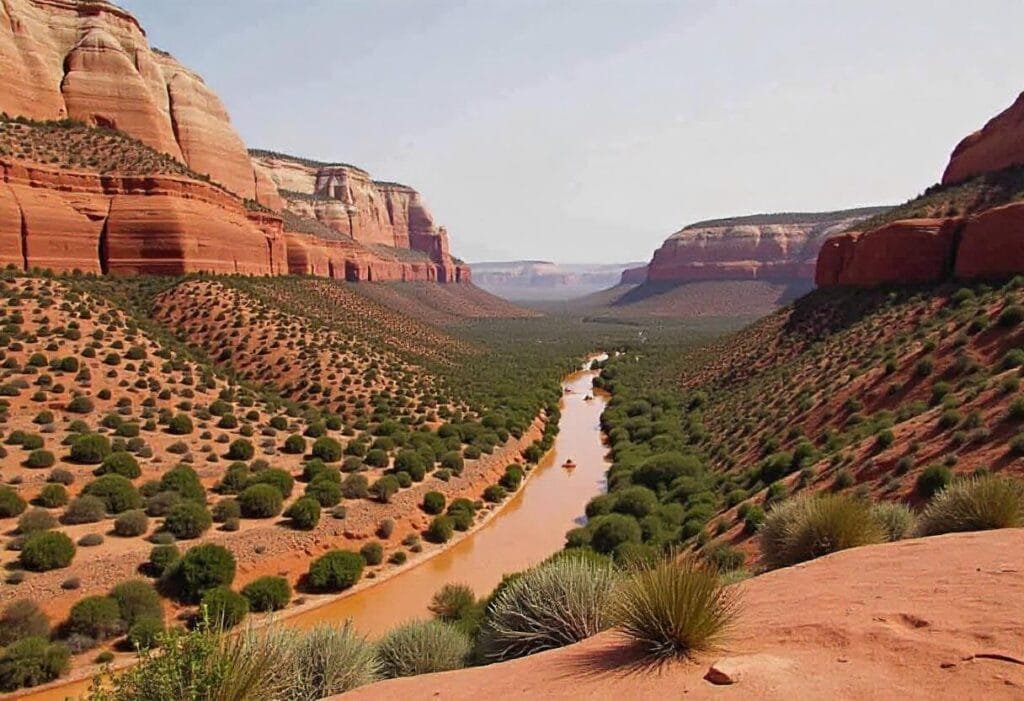
Hiking in some of the Indian Canyons is exactly like coming to an oasis full of nature in the desert, with no similarity to others. As you travel among the trails, you will be entertained too a play of ecosystems: strutting from the tough shade of fan palm groves down to the outdoors sun-drenched rough rock and sand. Spring-fed streams in Andreas and Murray Canyons include cottonwoods, willow, and mesquite, along with native species of cactus (barrel and cholla). Such microclimates support a wide array of wildlife: lizards dashing across rocks, birds of rainbow color in the trees, and butterflies among flowers, as well as the infrequent appearance of bighorn sheep on distant rocks.
The surrounding cafe is never the same when you are hiking: canyon zigs and panorama deserts with mountains in the backdrop. Indeed, Indian Canyons is one of these instances of habitats where the diversity of life is virtually literally interwoven with the impressive geological features and cultural attractions thereby making your experience of walking through this delightful place, feel extremely intense and personal.
Conclusion: Discover the Soul of the Desert at Indian Canyons
And whether you have years of hiking under your belt or you are just a beginner at seeking nature or a cultural tourist, Indian Canyons is a remarkable desert adventure that you should never miss. With its green palm oases, red rocks canyons, flowing streams, and the rich cultural history, this nature preserve, despite Palm Springs, is not only a preserve of nature but an actual testament to the Agua Caliente Band of Cahuilla Indians.
It is not all a matter of a physical exercise to hike through such lovely trails, but a matter of belonging: to the landscape and the history and the silent splendour of the desert. Therefore, hide your stuff, clean the room, and give Indian Canyons a chance to reveal all the secrets of one of the most potent natural habitats ever made in the whole of California.
For more info: Click Here.
Frequently Asked Questions (FAQs)
1. Do I need a permit or reservation to go hiking at Indian Canyons?
Day hikes are without reservations, and every tourist is required to pay an entrance fee at the gate. Educational visits may also be availed in the form of group tours or special events that may only be facilitated with the park personnel.
2. Are pets allowed in Indian Canyons?
The Indian Canyons trails do not permit animals on the trails in an effort to save the wildlife and ensure the safety of its visitors. Taking care of dogs can be left to domestic.
3. Have the Indian Canyons banned streams or waterfall swimming?
It is also discouraged that individuals should use swimming or wading to retain water in the riparian ecosystems that are delicate. Tourists can take pictures and view the scenery, but none can be allowed to go into the water.

